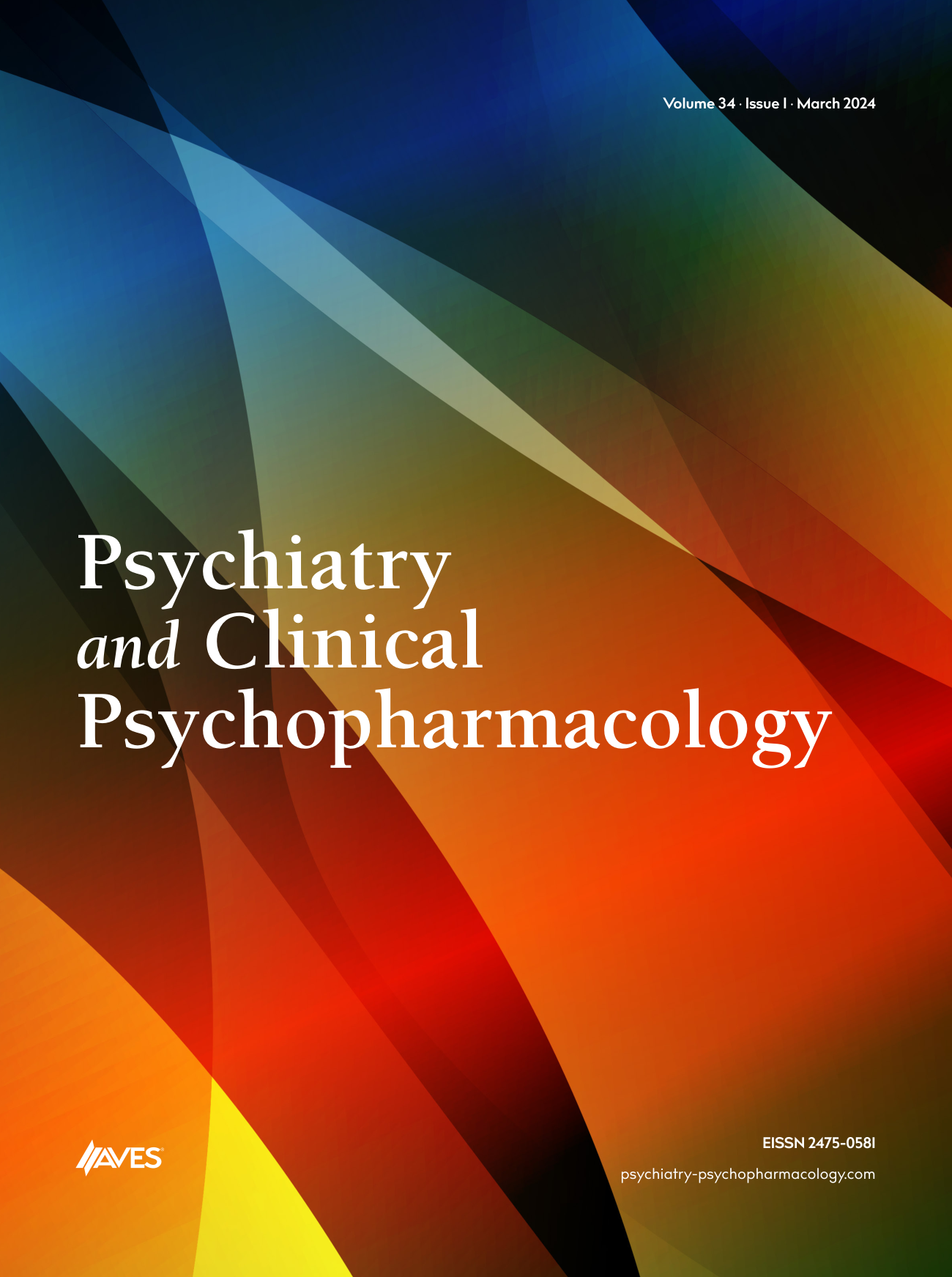A debate about the possibility to return to controlled drinking in the treatment of alcoholism is implemented until 1960s in the addiction field. USA is dominated by those, who consider abstinence as the appropriate goal while service providers in UK favor controlled drinking. It is important to remember that problem drinking is not a single entity. It ranges from hazardous (or risky) drinking to alcohol use disorder of various severities. The definition of alcoholism is very critical in this debate. For example, according to the Alcoholics Anonymous (AA), anyone who can recover by drinking moderately, was not an alcoholic at the beginning. Among those who consume alcohol, there is a wide spectrum of alcohol consumption. National Institute on Alcohol Abuse and Alcoholism (NIAAA) recommends that adult men should not exceed four standard drinks of alcohol per day and women no more than three drinks. Below this level, alcohol consumption has a ‘low risk’ in terms of health or social harms. NIAAA advices to drink less than 14 standard drinks of alcohol per week in men and 7 standard drinks in women. Those people who drink above these limits but have not experienced negative consequences related to alcohol are regarded as hazardous (or risky) drinkers, because the level of their drinking increases the risk of harm in the future. But this group of people is not included in alcohol use disorder category. Alcohol dependence syndrome or alcoholism, which is a part of alcohol use disorder, includes a craving to take alcohol, difficulties in controlling its use, persisting in its use despite harmful consequences, a higher priority given to alcohol use than to other activities, increased tolerance, and sometimes a physical withdrawal state. Alcohol use disorder exists on a continuum of severity. It can be subdivided into categories of mild, moderate and severe. In the general population, there is substantial remission from alcohol use disorders over time most of which takes place without any contact with alcohol treatment services. Although many young people who meet the criteria for alcohol use disorder in their 20s remit before their 40s, those who are still alcohol dependent in their 40s tend to stay that way. People typically enter specific alcohol treatment at this age period. People, who go under alcoholism treatment, are usually more severely ill and have more common psychiatric and medical comorbidities compared to nonclinical heavy drinkers. Most studies about treatment outcome of alcohol use disorder find that 70 to 80% relapse in the year following treatment Hazardous (risky) drinkers may respond to a brief intervention without any further need for specialist treatment. In other words, for people who have not yet developed alcohol use disorder, but are in danger of crossing the line into it may benefit from moderation management. However, true alcohol use disorder patients need treatment services to assist the individual to stop drinking alcohol. It has been reported that clients, who initially stated that they preferred to get abstinent showed a better outcome than those who preferred a non-abstinent goal in treatment. This superior outcome was clearer at 3 months’ follow-up but still evident at 12 months’ follow-up At the initial stages of treatment, patients may be ambivalent or resistant to changing their drinking behavior or dealing with their problems. At this stage, an approach that may increase the patient’s motivation towards engagement with treatment is helpful. The clinician may set goals for moderate drinking for a patient who is still in denial of his inability to control drinking so that the patient may be convinced to go further in treatment. For most people who are alcohol dependent the most appropriate goal in treatment is complete abstinence. The higher the level of alcohol dependence, the lower the chance of returning to moderate or ‘controlled’ drinking. Further, for people with significant psychiatric or physical comorbidity, abstinence is the appropriate goal. If a patient asks for moderation but the clinician considers that it is risky, the clinician should give a strong advice that abstinence is most appropriate to prevent medico-legal problems.



